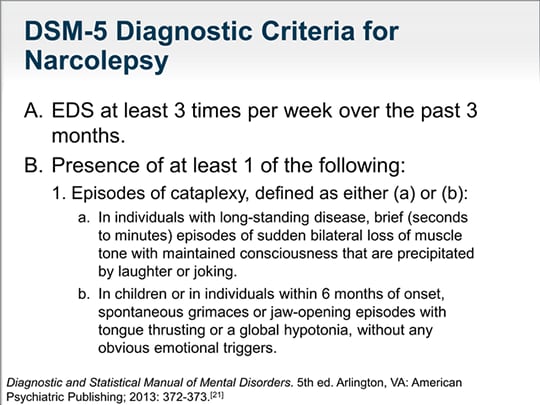
The median preoptic nucleus reciprocally modulates activity of arousal-related and sleep-related neurons in the perifornical lateral hypothalamus. Nonpeptide orexin type-2 receptor agonist ameliorates narcolepsy-cataplexy symptoms in mouse models. Orexin peptides prevent cataplexy and improve wakefulness in an orexin neuron-ablated model of narcolepsy in mice. Pharmacogenetic modulation of orexin neurons alters sleep/wakefulness states in mice. Long-lasting silencing of orexin/hypocretin neurons using archaerhodopsin induces slow-wave sleep in mice. Tuning arousal with optogenetic modulation of locus coeruleus neurons. This study is the first demonstration that photostimulation of the orexin neurons promotes waking from sleep.Ĭarter, M. Neural substrates of awakening probed with optogenetic control of hypocretin neurons. Fos immunoreactivity in hypocretin-synthesizing and hypocretin-1 receptor-expressing neurons: effects of diurnal and nocturnal spontaneous waking, stress and hypocretin-1 administration. Fos expression in orexin neurons varies with behavioral state. This study highlights increased activity in the orexin neurons during exploratory behaviour and wake.Įstabrooke, I. Behavioral correlates of activity in identified hypocretin/orexin neurons.

This paper describes the firing pattern of orexin neurons across different sleep–wake states. Discharge of identified orexin/hypocretin neurons across the sleep-waking cycle. Orexin neurons are necessary for the circadian control of REM sleep. Differential roles of orexin receptor-1 and -2 in the regulation of non-REM and REM sleep. Input of orexin/hypocretin neurons revealed by a genetically encoded tracer in mice. Hypothalamic hypocretin (orexin): robust innervation of the spinal cord. Awake dynamics and brain-wide direct inputs of hypothalamic MCH and orexin networks. A., Iordanidou, P., Strom, M., Adamantidis, A.

Afferents to the orexin neurons of the rat brain. This study thoroughly describes the projections of the orexin neurons. Neurons containing hypocretin (orexin) project to multiple neuronal systems. Primary progressive narcolepsy type 1: the other side of the coin. Temporal changes in the cerebrospinal fluid level of hypocretin-1 and histamine in narcolepsy. Clinical, polysomnographic and genome-wide association analyses of narcolepsy with cataplexy: a European Narcolepsy Network study. Predictors of hypocretin (orexin) deficiency in narcolepsy without cataplexy. A missense mutation in myelin oligodendrocyte glycoprotein as a cause of familial narcolepsy with cataplexy. The pathophysiologic basis of secondary narcolepsy and hypersomnia. Conditional ablation of orexin/hypocretin neurons: a new mouse model for the study of narcolepsy and orexin system function. This paper shows that NT2 may be caused by partial loss of the orexin neurons. Localized loss of hypocretin (orexin) cells in narcolepsy without cataplexy. International Classification of Sleep Disorders 3rd edn (AASM, 2014).

This paper demonstrates that orexin neurons co-express dynorphin and NARP and that narcolepsy is due to a loss of the orexin neurons, not just a reduction in orexin expression.Īmerican Academy of Sleep Medicine. Concomitant loss of dynorphin, NARP, and orexin in narcolepsy. This study also shows a lack of orexin in the brains of people with narcolepsy.Ĭrocker, A. Reduced number of hypocretin neurons in human narcolepsy. This paper highlights the discovery of a lack of orexin in the brains of people with narcolepsy. A mutation in a case of early onset narcolepsy and a generalized absence of hypocretin peptides in human narcoleptic brains. Hypocretin (orexin) deficiency in human narcolepsy. Nishino, S., Ripley, B., Overeem, S., Lammers, G. This article is one of the first to describe the orexin neuropeptides. Orexins and orexin receptors: a family of hypothalamic neuropeptides and G protein-coupled receptors that regulate feeding behavior. This paper is one of the first descriptions of the orexin neuropeptides (naming them hypocretins). The hypocretins: hypothalamus-specific peptides with neuroexcitatory activity. Rapid eye movement sleep behaviour disorder in patients with narcolepsy is associated with hypocretin-1 deficiency. Prevalence of narcolepsy in King County, WA, USA. Prevalence of narcolepsy-cataplexy in Korean adolescents. The epidemiology of narcolepsy in Olmsted County, Minnesota: a population-based study.


 0 kommentar(er)
0 kommentar(er)
